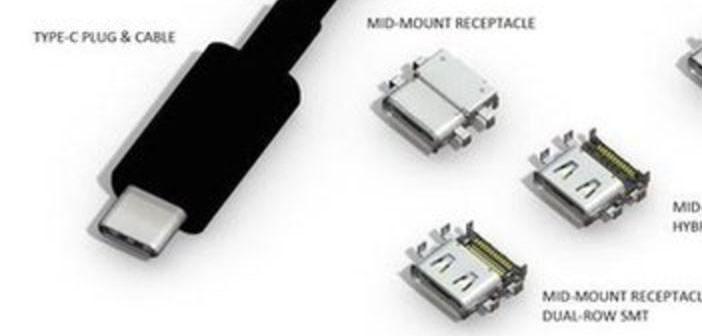Announce USB 3.2 specifications: Up to 2GB / s backward compatible with previous versions
USB 3.0 Promoter Group has announced the USB 3.2 specifications, with some minor improvements but also a doubling of the bandwidth through USB Type-C cables already used today. The formalization of the new specifications will take place in September.
It does not seem, but the USB interface in the general sense is 21 years old. Introduced in the late 1996s, it has become the world’s most-used interface with billions of peripherals, and external units produced and sold over the years. Obviously over time, there have been several versions with up-to-date advancements with technological advances and with exigencias in the meantime, almost always driven by the performance ones.
So it is not surprising that the announcement by the USB 3.0 Promoter Group, regarding some new specifications that go under the general USB 3.2 cap, will be officially formalized in September this year. If USB originally came up as a single-channel solution, USB Type-C has been introduced to handle multiple data exchange channels. With USB 3.2 specifications, two 5Gbps or 10Gbps channels will be exploited, thus delivering the total bandwidth managed by standard management chips, depending on the implementations, at 10Gbps or 20Gbps.
It is important to note that it is not necessary to use special cables, since the commercially available USB Type-C ones are quite suitable. The maximum transfer rate will be little more than 1GB/s or 2GB/s, as long as you use hosts and peripherals that fit the USB 3.2 standard, which will be possible next year. In addition to this, some improvements are reported on the fast charging front, while it is best to repeat that the ” old ” peripherals can still be connected even if the performance we have just mentioned cannot be achieved.
Retrocompatibility and progress in bandwidth and fast charging, in short. Next year, however, a wider spread of the Thunderbolt interface is expected, now that Intel has made the royalty-free standard.
We’ve seen how the two protocols can live on the same physical connector, which is why we are waiting for a 2018 with several news, at least on paper. Everything will depend on the implementation by the manufacturers and a general adaptation of peripherals to the new standards before talking about success.

